One mole of a monatomic ideal gas goes through a thermodynamic cycle, as shown in the volume versus temperature diagram. The correct statement(s) is(are) :
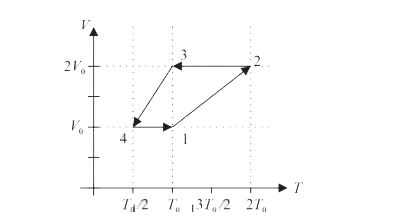
The above thermodynamic cycle exhibits only isochoric and adiabatc processes
The ratio of heat transfer during processes 1→2 and 3→4 is ∣∣∣Q1→2Q3→4∣∣∣=12
Work done in this thermodynamics cycle (1→2→3→4→1) is |W|=12RT0
The ratio of heat transfer during processes 1→2 and 2→3 is ∣∣∣Q1→2Q2→3∣∣∣=53
The correct Answer is:C, D
Process 1→2 and 3→4 are isobaric (as V∝T)
Process 2→3 and 4→1 are isochoric (as V is constant) ∴ (A) is wrong
Q1→2=nCpΔT=nCp(T0)
Q3→4=nCpΔT−nCP(−T02)
∴ ∣∣∣Q1→2Q3→4∣∣∣=2 ∴ (B) is worng
W1→2=PΔV=nRΔT=nR(T0)
W2→3=0
W3→4=0
∴ Total work, W=nRT02=RT02 ∴ (C) is correct
Q1→2=nCPΔT=nCp(T0)
Q2→3=nCVΔT=nCV(−T0)
∣∣∣Q1→2Q2→3∣∣∣=CpCV=53 ∴ (D) is correct
Similar Questions
One mole of a monatomic ideal gas goes through a thermodynamic cycle, as shown in the volume versus temperature diagram. The correct statement(s) is(are) :
 View Solution
View SolutionOne mole of a monatomic ideal gas undergoes a cyclic process as shown in the figure (where V is the volume and T is the temperature). Which of the statements below is (are) true ?
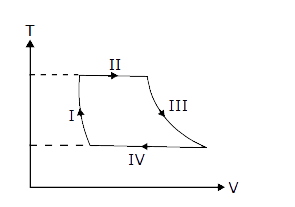 View Solution
View Solution
Knowledge Check
- Question 1 - Select One or More
An ideal gas undergoes a thermodynamic cycle as shown in Fig. Which of the following statement are correct ?
 A
A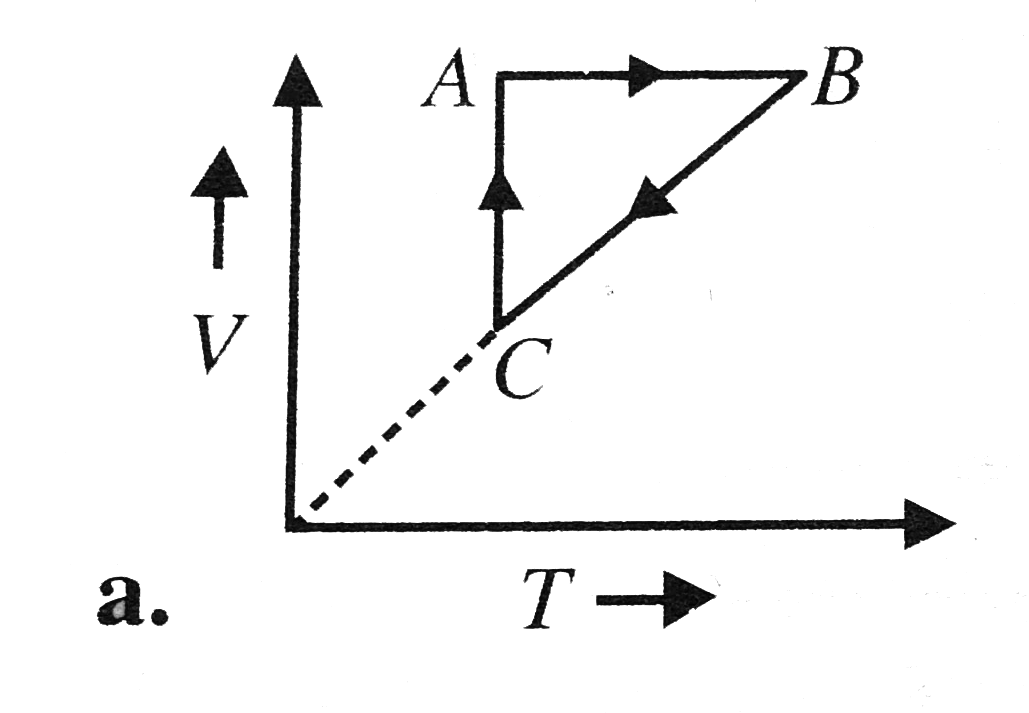 B
B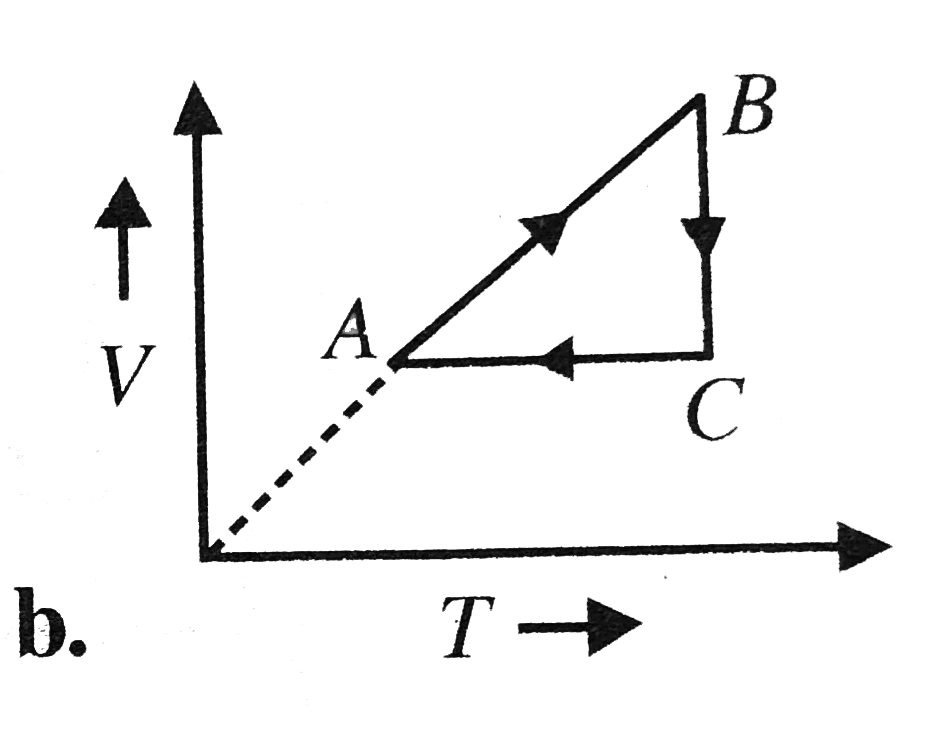 C
C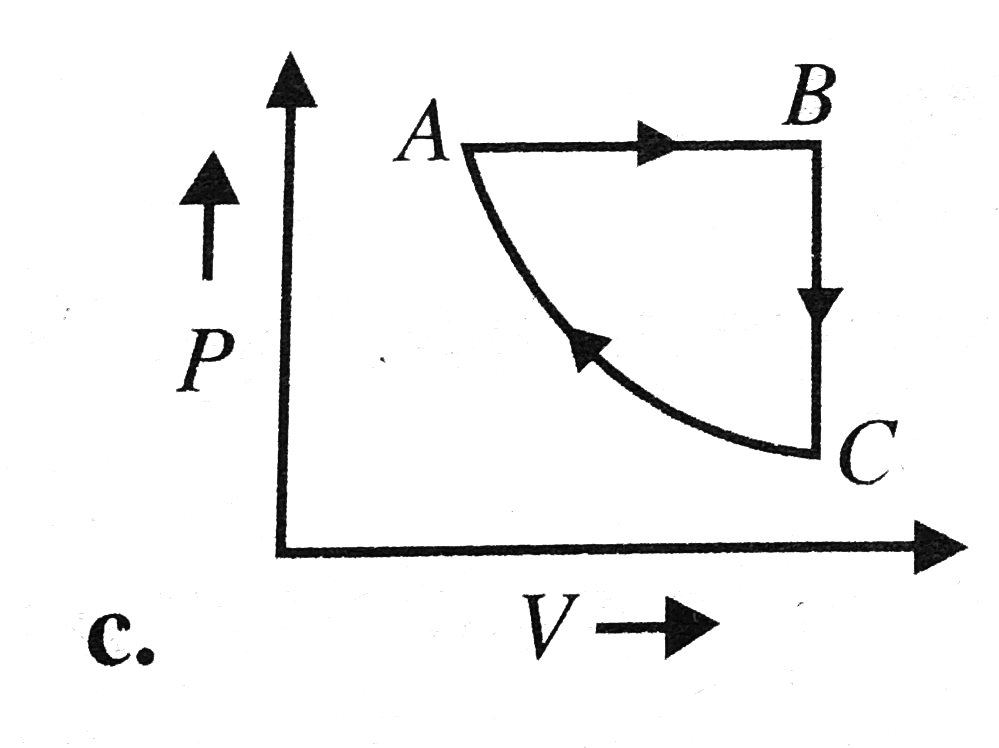 D
D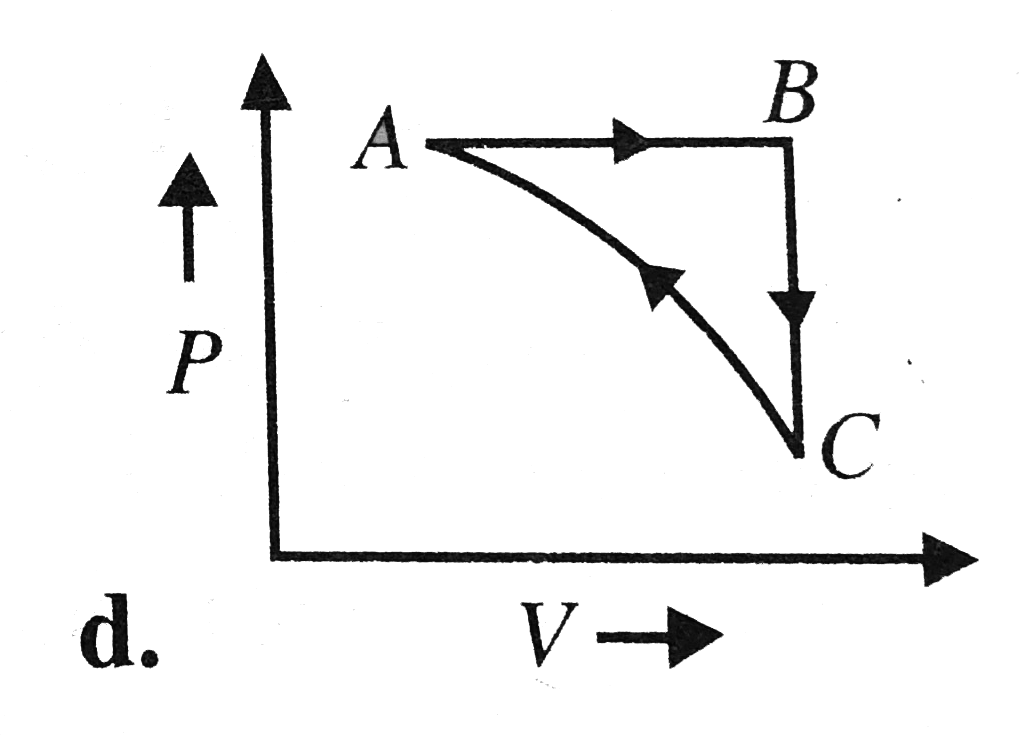
- Question 2 - Select One or More
An ideal gas undergoes a thermodynamic cycle as shown in Fig. Which of the following statement are correct ?
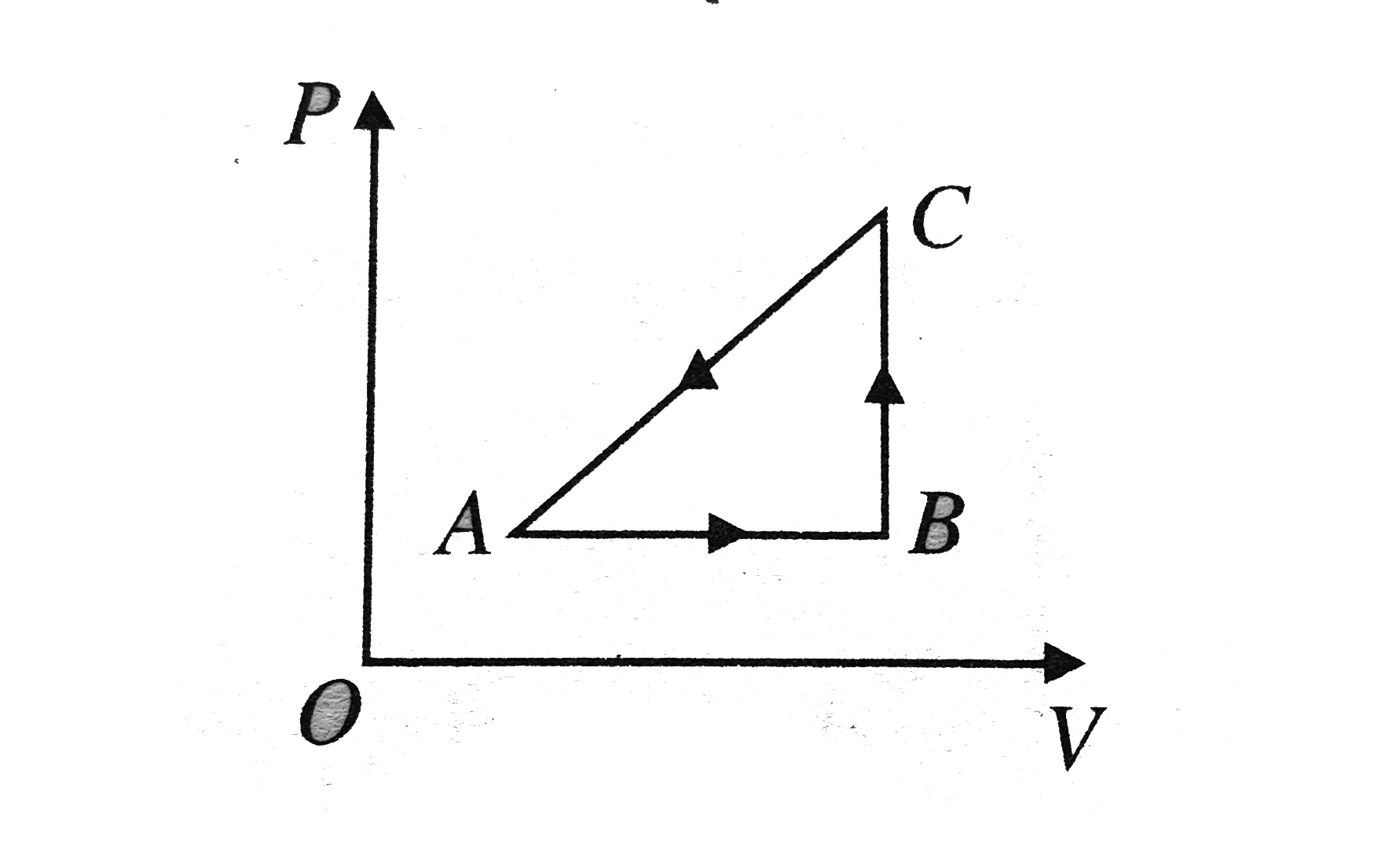 AStraight line AB cannot pass through O.BDuring process AB, temperature decreases while during process BC it increases.CDuring process BC, work is done by the gas against external pressure and temperature of the gas increases.DDuring process CA, work is done by the gas against external pressure and heat supplied to the gas is exactly equal to this work.
AStraight line AB cannot pass through O.BDuring process AB, temperature decreases while during process BC it increases.CDuring process BC, work is done by the gas against external pressure and temperature of the gas increases.DDuring process CA, work is done by the gas against external pressure and heat supplied to the gas is exactly equal to this work. - Question 3 - Select One
One mole of an ideal monoatomic gas is taken through the thermodynamic process shown in the P−V diagram. The heat supplied to the system is
 AP0V0(3+π2)BP0V0(2π−12)CP0V0(1+π)DP0V0(5+π2)
AP0V0(3+π2)BP0V0(2π−12)CP0V0(1+π)DP0V0(5+π2)
One mole of a monatomic ideal gas undergoes four thermodynamic processes as shown schematically in the -diagram below. Among these four processes, one is isobaric, one is isochoric, one is isothermal and one is adiabatic. Match the processes mentioned in List-1 with the corresponding statements in List-II.
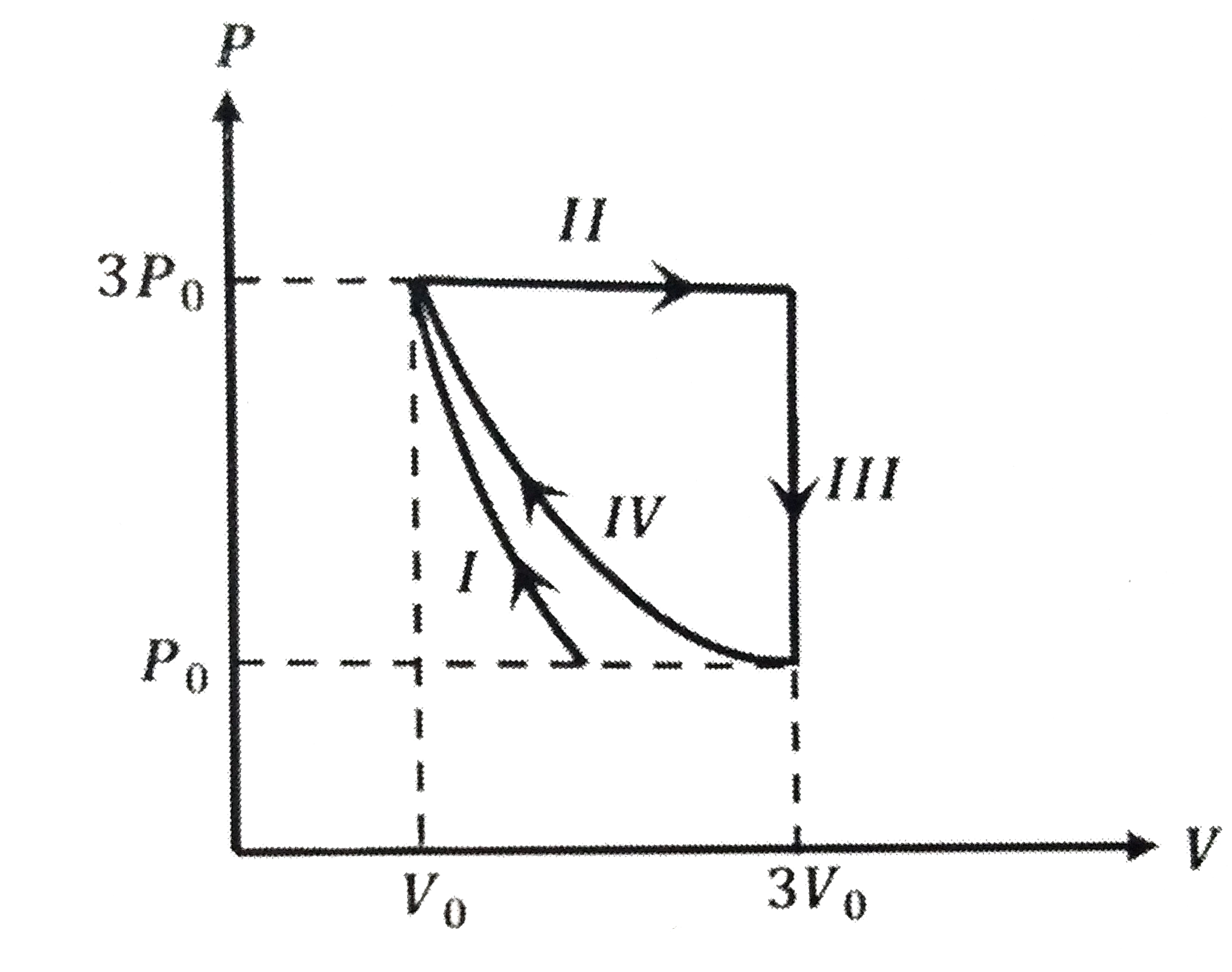 View Solution
View SolutionOne mole of an ideal gas is carried through a thermodynamics cycle as shown in the figure. The cycle consists of an isochoric, an isothermal and an adiabatic process. Find the adiabatic exponent of the gas.
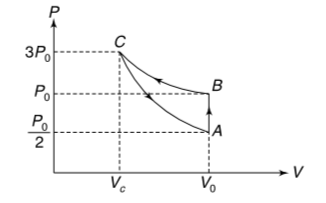 View Solution
View SolutionOne mole of a monatomic ideal gas undergoes a cyclic process as shown in the figure (where V is the volume and T is the temperature). Which of the statements below is (are) true?
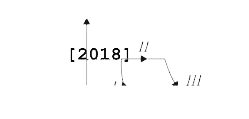 View Solution
View SolutionOne mole of a monatomic ideal gas is taken through the cycle shown in figure
 The pressures and temperatures at A,B etc, are denoted by PA,TA,PB,TBetc respectively.Given TA=1000K,PB=(2/3)PAandPC=(1/3)PA Then choose the incorrect option. View Solution
The pressures and temperatures at A,B etc, are denoted by PA,TA,PB,TBetc respectively.Given TA=1000K,PB=(2/3)PAandPC=(1/3)PA Then choose the incorrect option. View SolutionOne mole of a monatomic ideal gas is taken along the cycle ABCA as shown in the diagram.
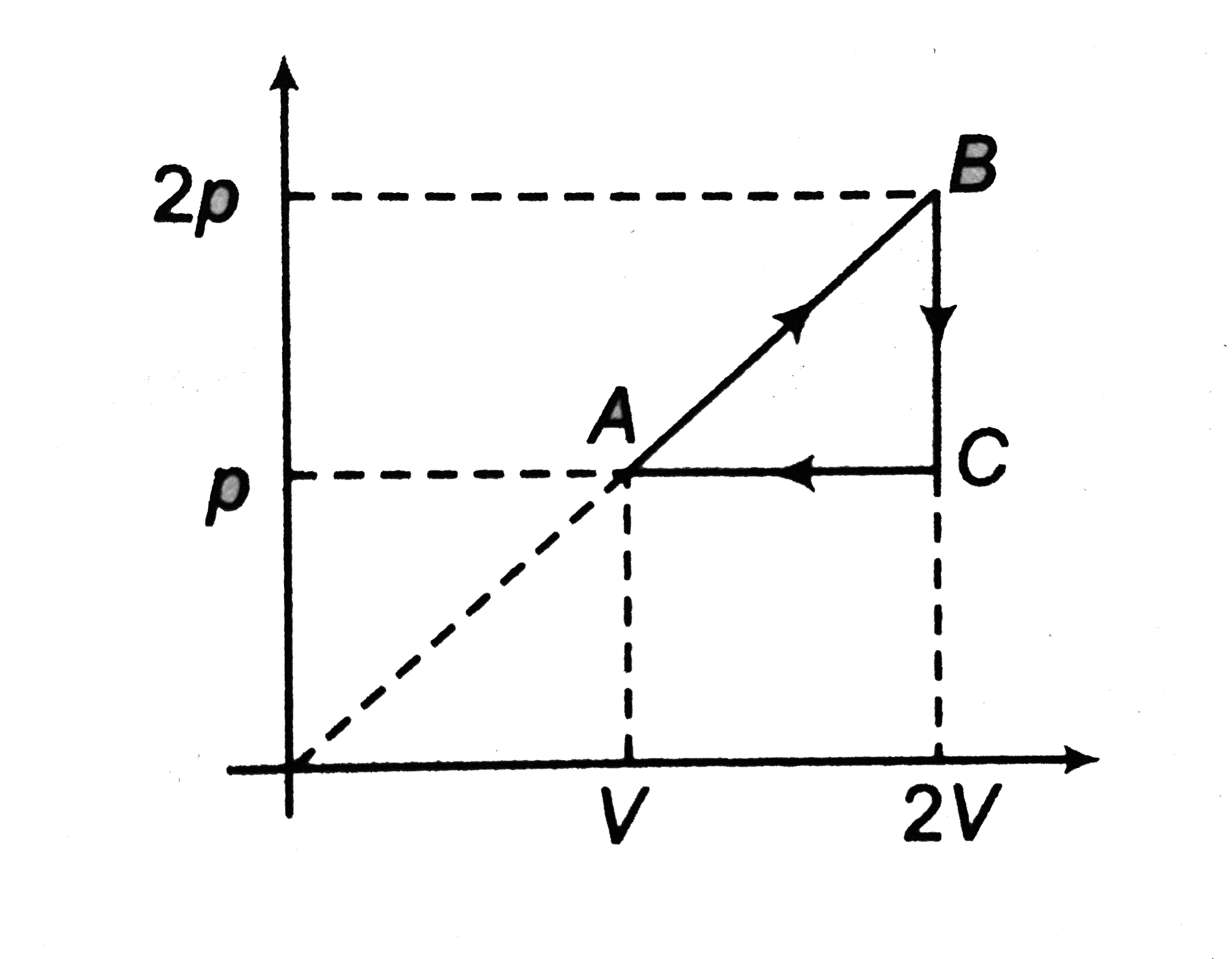
The net heat absorbed by the gas in the given cycle isView Solution
